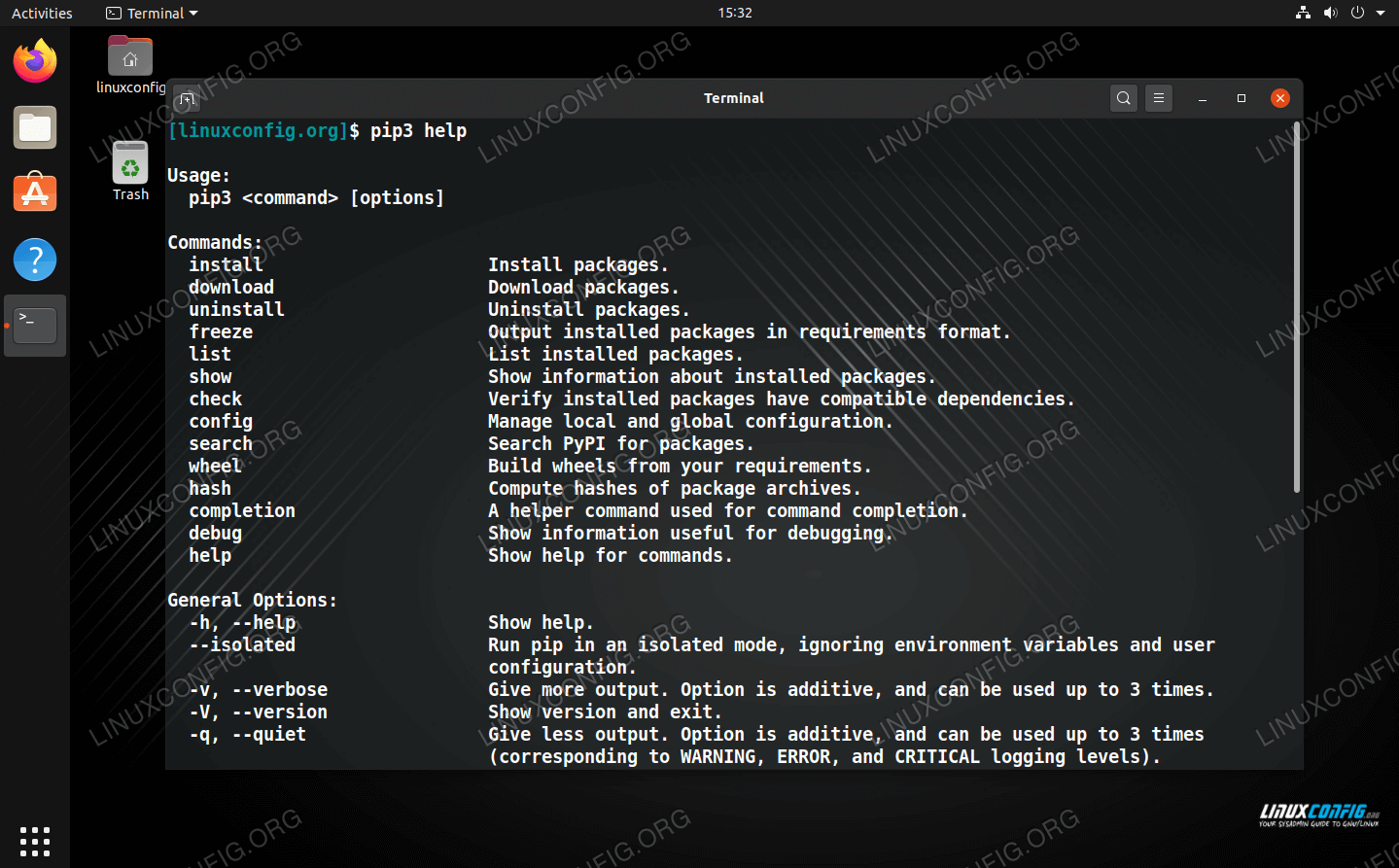

- UBUNTU PIP3 INSTALL INSTALL
- UBUNTU PIP3 INSTALL UPDATE
- UBUNTU PIP3 INSTALL UPGRADE
- UBUNTU PIP3 INSTALL DOWNLOAD
UBUNTU PIP3 INSTALL UPGRADE
UBUNTU PIP3 INSTALL UPDATE
sudo apt-get -y install python3-pip But before installing try to update using command. I have installed python 3.7 successfully and I can install modules using pip (or pip3) but those modules are installed in Python 3.6 (Comes with ubuntu). The first procedure you followed is correct. If that is the case, how can I install pip for python 3.7, since it's already installed? I'm assuming that if I can install pip for Python 3.7, I can run the pip install command and get the modules I need. Now I'm stuck, pip is installed, but apparently not for Python 3.7. Somewhere (probably a question in SO) I found a suggestion to install the module using python3.7 -m pip install module but then I get /usr/local/bin/python3.7: no module named pip. So I did some research and apparently when used pip to install, it installed in the modules in previous version of Python.


Making Python 3.7 default Python : sudo vim /.bashrc press i on the last and new line - Type alias python.
UBUNTU PIP3 INSTALL DOWNLOAD
I've downloaded several modules through pip install module but when I try to import them, I get a ModuleNotFoundError: No module names 'xx' Download : Python 3.7 from Python Website 1 ,on Desktop and manually unzip it, on Desktop Installation : Open Terminal (ctrl +shift+T) Go to the Extracted folder cd /Desktop/Python-3.7.0. Making Python 3.7 default Python : $ sudo vim ~/.bashrc Unzip it, on Desktop Installation : Open Terminal (ctrl +shift+T) Go to the Extracted folder On a Debian system, you can also install python3 by sudo apt-get install python3 and pip3 by sudo apt-get install python3-pip. Following this instructions in case it's relevant:ĭownload : Python 3.7 from Python Website ,on Desktop and manually sudo -H pip3 install package pip install -user package python -V (3.6) pip3 -version (9.0. I've installed Python 3.7 on my Ubuntu 18.04 machine. sudo pip3 install package pip3 install package with root account.


 0 kommentar(er)
0 kommentar(er)
